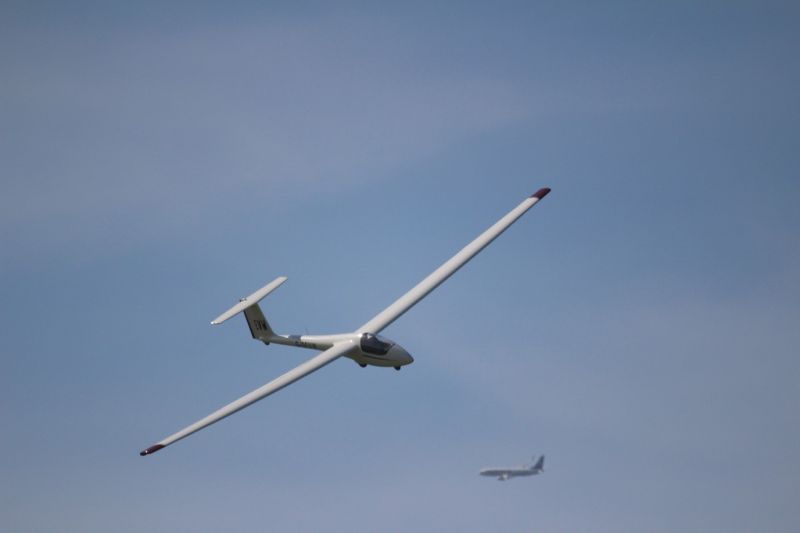The UK Civil Aviation Authority (CAA) has published a report looking at the importance of electronic conspicuity to airspace safety. The findings will be used alongside new research the CAA has commissioned to set a future standard for the use of Electronic Conspicuity equipment.
The report, referenced CAP2583: Investigation into the Human Factors Effects of Electronic Conspicuity Devices in UK General Aviation shows there are untapped benefits of Electronic Conspicuity devices in light aircraft, which is vital to help avoid mid-air collisions and situations where air safety is threatened, known as Airprox.
As well as enhancing airspace safety, the CAA says Electronic Conspicuity is vital to enabling the safe and efficient integration of airspace for all airspace users, one of the objectives of the UK Civil Aviation Authority’s Airspace Modernisation Strategy.
Electronic Conspicuity is an umbrella term for the technology that can help General Aviation pilots, drone operators and air traffic services be more aware of what is flying in surrounding airspace.
It includes the devices fitted to aircraft and unmanned systems that send out position information, and the support infrastructure on the ground to help them work together.
The report was carried out by GASCo and Jarvis Bagshaw, who surveyed pilots to investigate how Human Factors affect the safe use of Electronic Conspicuity. The results of the survey were complimented by four trial flights, using eye-tracking technology, to observe pilot behaviour in flight when using EC to enhance their visual scan and situational awareness.
The research found that, despite the advantages of Electronic Conspicuity, there were many learning points including a ‘false sense of security’ from some pilots, issues around distraction when flying, and over-reliance on the technology.
The report also made recommendations on enhancing pilot training for Electronic Conspicuity devices, emphasising the importance of understanding in-flight effects and their mitigation, as well as the need for hands-on practice on the ground and in the air.
The publication of the report comes as the regulator commissions a new study on Electronic Conspicuity, which will look at how the technology can enhance airspace safety and enable integration of crewed and uncrewed airspace users. The research will aim to characterise UK airspace while researching methods of practically implementing Electronic Conspicuity.
Jon Round, Head of Airspace, Aerodromes and Air Traffic Management at the UK Civil Aviation Authority, said: “Electronic Conspicuity is key to unlocking progress on modernising airspace in the UK. Not only can it help to mitigate the risk of mid-air collisions and infringements into controlled airspace, but it can enable the safe and efficient integration of all airspace users in our skies.”
The regulator will use this recent report from GASCo and Jarvis Bagshaw, and the newly commissioned study, to inform future decisions on an Electronic Conspicuity Standard, and how such a Standard can be implemented.
Access CAP2583 here
For more information visit:




